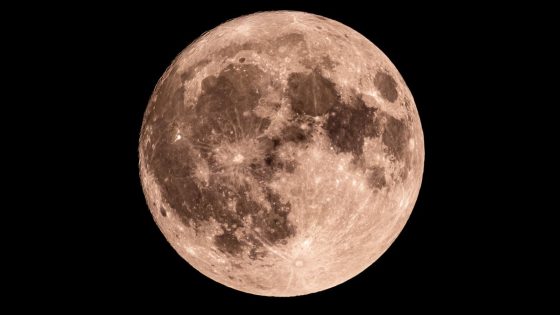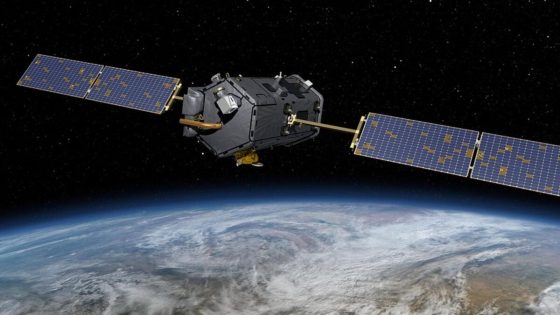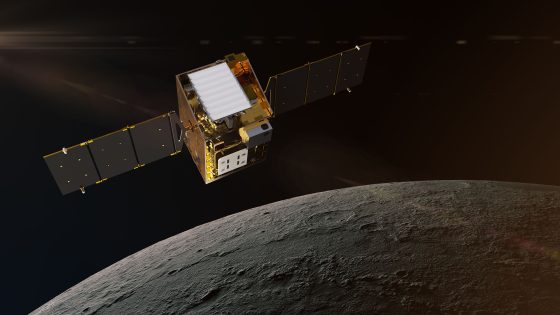The lunar cycle is a fascinating astronomical phenomenon that captivates stargazers and scientists alike. As of August 23, 2025, we find ourselves at day zero of this cycle, with the moon completely out of sight. This New Moon phase marks the beginning of a 29.5-day journey through eight distinct lunar phases, each influenced by the alignment of the Sun, Moon, and Earth.
- Moon is not visible tonight, New Moon.
- Lunar cycle lasts about 29.5 days.
- Next full moon is on Sept. 7.
- Eight unique phases of the moon exist.
- Phases depend on Sun, Moon, Earth angles.
- Full moon appears fully illuminated.
During this New Moon, 0% of the moon’s surface is illuminated, leaving it invisible to observers on Earth. The next full moon will occur on September 7, following the previous full moon on August 9. But what exactly causes these phases, and why do they matter?
The moon’s phases are not just a visual spectacle; they have significant implications for various scientific fields. Understanding these phases can enhance our knowledge of tidal patterns, agricultural cycles, and even cultural traditions surrounding lunar events. Consider these points:
- The moon’s gravitational pull influences ocean tides.
- Agricultural practices often align with lunar phases for optimal crop yields.
- Cultural events and festivals frequently coincide with full moons.
As we continue to explore the cosmos, advancements in lunar studies may unlock new insights into our planet’s relationship with its celestial neighbor. Are you ready to gaze at the sky and witness the upcoming phases?






























